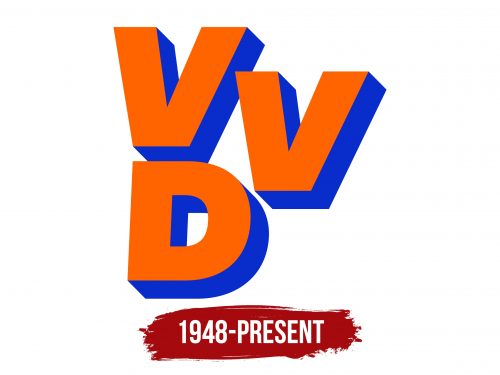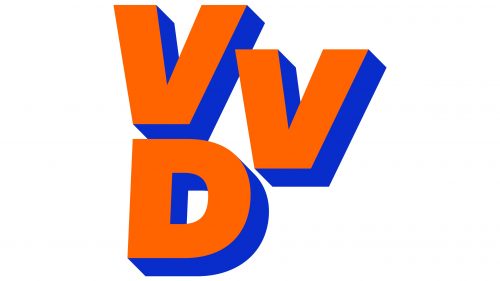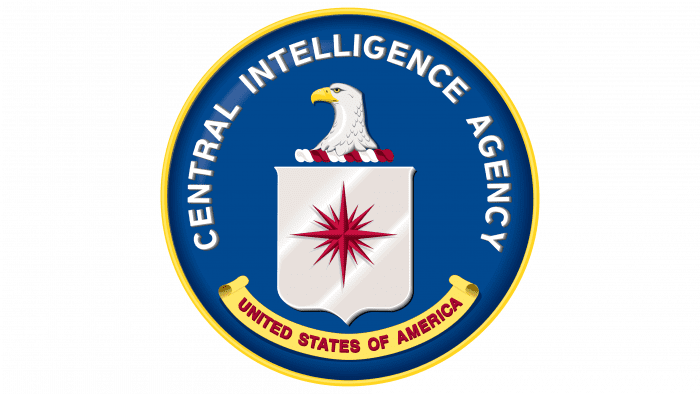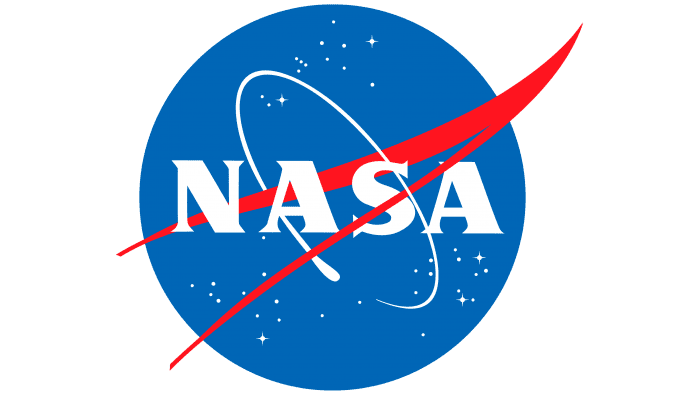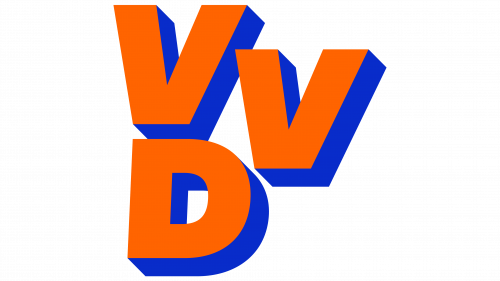 Volkspartij voor Vrijheid en Democratie Logo PNG
Volkspartij voor Vrijheid en Democratie Logo PNG
The Volkspartij voor Vrijheid en Democratie logo demonstrates scale and grandeur. The unification of smaller movements has created a significant political force. The party promotes the growth of liberal values and freedoms in the Netherlands.
Volkspartij voor Vrijheid en Democratie: Brand overview
The People’s Party for Freedom and Democracy (VVD) was formed on January 24, 1948, from the union of the Freedom Party (Partij van de Vrijheid) and members of the Free-thinking Democratic League (Vrijzinnig Democratische Bond). Created to offer a liberal counterpoint to the dominant social-democratic and Christian-democratic forces in the post-war Netherlands, VVD aimed to establish a unique political identity.
Pieter Oud, a former Minister of Finance, took the reins as the first leader. Under his stewardship, the party laid its ideological roots in classical liberalism, championing free markets and individual liberties.
The organization remained small in the 1950s and 1960s but steadily built its presence. The group often formed coalition governments with Christian Democrats, representing the liberal voice in these alliances.
The 1970s marked a significant upswing under Hans Wiegel’s charismatic leadership. The 1977 elections saw the group secure 28 parliamentary seats, a milestone in its history.
Ed Nijpels took over the leadership in 1982. During his time, the organization continued participating in coalition governments, pushing for economic reforms and advocating reduced government spending.
The 1990s ushered in a new era with Frits Bolkestein at the helm. He adopted a more assertive stance on immigration and integration, which, despite controversy, drew new supporters and increased the party’s appeal.
Under Bolkestein’s guidance, the group achieved peak electoral success in 1998, securing 38 parliamentary seats. The organization joined the “purple coalition” with the Labour Party and Democrats 66, solidifying its influence in Dutch politics.
Gerrit Zalm took the leadership in 2002, navigating the group through a turbulent period marked by the rise of populist movements like Pim Fortuyn’s party. Despite challenges, the organization maintained its relevance.
A new chapter unfolded in 2006 when Mark Rutte assumed leadership. Under his guidance, the organization began to recover from a period of internal disagreements and leadership changes.
The 2010 elections marked a historic moment as the organization emerged as the largest party in parliament for the first time. Mark Rutte formed a minority coalition government with the Christian Democrats, backed by Geert Wilders’ Party for Freedom.
Following the collapse of Rutte’s first government, early elections in 2012 saw the group secure the most seats once more, leading to a new coalition with the Labour Party.
The 2017 elections brought another victory despite a slight loss of seats. Rutte formed his third government in coalition with the Christian Democrats, Democrats 66, and the Christian Union.
Meaning and History
What is Volkspartij voor Vrijheid en Democratie?
It is a political party in the Netherlands. The party adheres to liberal views and advocates for a free market economy, personal freedoms, and individual responsibility. The core of its policy includes tax policy, deregulation, and reducing government intervention in the economy. The party actively participates in the parliamentary life of the Netherlands and significantly influences shaping state policies.
1948 – today
The VVD party was formed from the merger of two liberal movements and has since achieved significant influence in the country. The logo reflects the spirit of liberalism and the pursuit of freedom, which was relevant during the party’s formation. In the late 20th and early 21st centuries, VVD actively promoted ideas of free trade, individual freedom, and openness, which are reflected in their logo design.
The VVD (Volkspartij voor Vrijheid en Democratie) party logo consists of three large, three-dimensional letters, “VVD,” freely arranged in space. The bright orange and blue letters emphasize the Netherlands’ national identity.
The slightly random arrangement of the letters symbolizes the party’s liberal direction, the fight for individual freedom and free trade. The letters’ three-dimensional effect and scale highlight the party’s significance and political weight. Orange is traditionally associated with the national colors of the Netherlands and symbolizes energy, strength, and optimism. Blue adds a sense of stability, trust, and seriousness.
The VVD party’s logo reflects its core values: freedom, democracy, and national identity. The letters’ free placement emphasizes the importance of individual freedoms and openness in politics. The logo’s three-dimensional effect symbolizes the party’s dynamism and active development.
The letters “VVD” are rendered in a modern, bold font, making the logo recognizable and memorable. The three-dimensional style adds depth and visual interest, creating a sense of movement and progress.
The logo’s orange and blue colors reflect the Netherlands’ national colors. Orange symbolizes energy, strength, and optimism, while blue symbolizes stability, trust, and seriousness. These colors create a vibrant and dynamic image, emphasizing national pride and the party’s political significance.
